Hyundai i30 review and buyer's guide
If you’re shopping for a small hatch or sedan, the Hyundai i30 has become the benchmark for value, performance and quality. Small families with a modest budget, or merely individuals who don’t need a bloated SUV, i30 offers bang for your buck.
The Hyundai i30 is a small hatch chock-full of both the essential features you need and those you want for modern driving, such as commuting, city traffic and suburban running around.
The range has been through a substantial updates over the years, while holding its place as one of the best-selling vehicles in Australia. If you’re If you’re shopping around for a small, affordable hatch or sedan, the i30 is among the best - up there with Kia Cerato, Subaru Impreza, the Mazda 3 or the Toyota Corolla.
It’s a safe potential first car for the kids, a performance masterstroke for the enthusiasts, or you can have a mid-range urban-life carpark runabout vehicle.
The range has seen the i30 hatch updated with the N-Line performance versions, while also upgrading the regular pedestrian variants for the non-performance focussed among you. Additionally, the brand amalgamated the Elantra into the i30 Sedan.
The rest of the range is pretty impressive too - especially the i30 N Performance hatch and Fastback.
The Range: Hatch
The i30 range is not as politician-simple as it once was, although it’s still relatively easy. You just need to start with choosing sedan or hatch. Even a prime minister would get that.
You’ve got the entry-level accountant-friendly i30 base model, simply called ‘i30’. It’s the equivalent of starting with a blank piece of paper. There’s ‘Active’ and ‘Elite’ (‘Premium’ has been deleted) before a fork in the road, where you can elect to go for the comfort model: the N-Line Premium, or you could go the sporty route instead, with the N-Line. There is no more diesel option in i30.
Active model shown. Driveaway $25,000 - $30,000.
i30 base model or Active
A lot of very useful standard equipment like 16-inch alloys (no more hubcaps), rearview camera, auto emergency braking, adaptive cruise, auto high beam, lane keeping, CarPlay/AndroidAuto, 6-speaker stereo.
Well suited to average singles, couples and young families who want basic transportation with no frills.
Powertrain: 2.0-litre direct injection petrol four-cylinder, six-speed manual or conventional auto transmissions, 2WD only.
Elite: $34,400 - $35,000
i30 Elite
This step up in equipment level is only in features and trims, not powertrain. It’s still the 2.0L petrol in auto only.
Additional gear includes: the 10.25-inch infotainment touchscreen again with CarPlay/AndroidAuto, premium Infinity 7-speaker stereo, smartkey with push-button start, wireless phone charging, satnav with traffic updates, and blindspot detection in the safety suite, plus safe exit warning, and driver attention warning.
N-Line: $33,400 - N-Line Premium $38K
i30 N-Line or N-Line Premium
The N-Line models have a 1.6-litre turbo petrol engine, and a choice of six-speed manual or seven-speed dual-clutch automatic transmission.
This car really delivers on the 'affordable performance' front with 150kW of peak power. Power delivery blows many competitors out of the water, and there's no need for expensive premium unleaded, either. From 1500-4500 RPM the engine is making 59kW to 139kW, which is impressive, especially for the price.
Extensive local suspension tuning also means the ride and handling more than keeps up with the powertrain and the terrain. And the multi-link rear suspension always feels planted.
Transmission is done via the seven-speed dual-clutch which has proven robust, slick and ideally suited to this vehicle. It’s eager to drive you forward, and it’s quite good as predicting the next gear you’re going to need, especially when you change your mind or traffic changes suddenly.
But you need to be mechanically sensitive to not treat it like an epicyclic torque converter automatic, so when you reach a red light, stay stopped and wait. Don’t inch forward, and avoid creeping along at 2km/h in slow traffic. This will reduce excessive wear, internally. Just don’t mistake this is as some engineering design deficiency - it’s not deficient - it just requires basic driver respect.
The N-Line Premium is seven-speed dual-clutch transmission or you can still have a six-speed manual if you want to do it yourself and can’t handle the self-restraint required of a dry dual-clutch.
Don’t panic about the DCT, it’s really only Ford, Volkswagen and Nissan who botched their R&D. Hyundai’s DCT has for many years been behind this 1.6-litre turbo petrol engine, in particular, and the deleted diesel as well, and it’s proven quite reliable in service so there's no cause for concern whatsoever.
Poverty, Packed?
There’s almost an unwritten law in the car industry that goes, Eleventh Commandment: The bottom of the range must be a nasty little stripped-out dungbox that only an accountant could love because he’s buying them by the score for a rental car company or a government department.
That leaves the average Aussie family car buyer out in the cold if you want basic transportation, but you don’t want a poverty pack.
But the i30 Active (at $29,990 drive-away) absolutely brakes the mould. The true ‘poverty pack’ is just called plainly, ‘i30’. So imaginative. Now, it’s $25K, but it doesn’t get leather appointed seats, one-touch power windows (you have to hold the button up or down), and you get beer coaster 16-inch alloy wheels.
On the plus side, Hyundai i30 poverty pack does still give you a rearview camera, the smaller 8-inch touchscreen, AndroidAuto/CarPlay, and auto emergency braking, four rear parking sensors, radar cruise, lane-keeping, auto high beam and driver’s attention warning. Not a bad first car for $25K.
Standard inclusions with i30 Go are impressive: a big fat touchscreen as standard with Apple CarPlay and Android Auto, tyre pressure monitoring (still an optional extra offered by ‘premium’ European brands), five-star safety rating with seven airbags (more on this in the ANCAP i30 crash-test page >>), automatic headlights, rearview camera, full-size spare, and you can option the “SmartSense” safety pack which adds blind-spot warning, driver attention warning, forward collision avoidance (city/urban/interurban/pedestrian) and lane keeping.
Active is nothing less than astonishing, adding LED daytime running lamps and side indicators, rear parking sensors, 16-inch alloys with a full-sized spare, power-folding side mirrors, DAB+ radio, GPS satnav, a centre rear-seat armrest with cupholders and leather bits.
I’ve had poverty before and that’s not it.
If you're in the market for affordable family transport you really need to pay close attention to the features on offer from the likes of Toyota Corolla, Mazda3 and Volkswagen Golf (and here's the important bit) at the same price point.
Hyundai i30 Active has an impressive list of standard features including:
8-inch satnav touchscreen
Apple CarPlay and Android Auto
Tyre pressure monitoring
Five-star safety (seven airbags)
Auto headlamps
Rear parking sensors & reverse camera
16-inch alloys (full-sized spare)
DAB+ digital radio
Cruise control
THE SEDAN OVERVIEW
Newly minted i30 Sedan (born from the ashes of Elantra), starts at a slightly higher $29K entry price for the ‘i30 Active’. They have it a name, hooray.
This accountant’s special gets you: 8-inch touchscreen, CarPlay/AndroidAuto, 6 speakers, rearview camera, rear parking sensors and leather-trimmed steering wheel.
That of course means cloth seats and plenty of blanking spots in the centre instrument tunnel for features you don’t get in the Elite, for example.
Sedan gets the same 2.0-litre petrol engine in Active and Elite despite a $5000 jump to the latter second model grade. Fortunately, for that 5K you get the big 10-inch touchscreen, Bose premium fat beats stereo system, a smartkey and push-button start, and you get a smart blindspot monitoring added to the safety tech.
‘Blindspot monitoring assistance’ brakes and nudges the car back into your lane if you start merging into someone the vehicle detects in your ‘blind spot’.
Pro Tip: Turn your mirrors outward and eliminate blind spots. It’s true.
Sedan Elite gets the standard 6-speed regular epicyclic auto transmission, too. So no sharp-shifting dual-clutch transmission for you unless you opt for the N-Line. Happily, and quite counterintuitively, this could save you a grand or two because N-Line sedan gives you a bunch of sporty trims like stitching, logos on the steering wheel and gearknob, and LED taillamps etc. But you lose the Bose stereo. Bummer.
Overall, the sedan is a very nicely executed small-medium family vehicle capable of ample legroom for the tall, a big boot for the enthusiastic hoarders among you, and there’s all the usually space and attachment points for two ISOFIX child anchorages on the outboard seats with corresponding top tethers. Same as hatch.
It rides a little bit harsher than the hatch, owing to the lack of bespoke Australian tuning, but it’s far from being unable to live with. It’s going to be a very dependable and comfortable mid-size move.
And just think of the money you’ll save over an SUV which is heavier, more expensive and harder to park. However, if you have mobility issues, granted, an SUV like Kia Sportage will allow entry/exit much easier than a lower-slung sedan/hatch.
And of course, i30 is front-wheel drive only, so no dodgy camping backroads for you. If you do need an AWD sedan/hatch, consider the Subaru Impreza.
Other compact vehicle alternatives could include the Kia Stonic ‘SUV’ the Mazda CX-3 which is nice, the Hyundai Kona or Kia Seltos are also very good.
But try to be flexible because the current new car stock shortage might mean you have to take what’s available.
i30 vs Kona
Do you really need an SUV? Probably not. Here’s why:
The production of children should not automatically force you to buy a heavier, thirstier, more costly SUV to own and maintain than a convention car.
When you add size, you add weight, consume more fuel and the preconception that bigger equals more storage is not always true.
The numbers don’t lie: if practicality is the game, the i30 has a full house.
Hyundai Kona Highlander
$39,963 drive-away
1.6L turbo petrol
7-spd DCT (AWD)
Luggage: 361 L (rear seats up) / 1143 L (rear seats down)
Fuel usage: 6.7L/100km (combined, DCT)
Kerb weight: 1507kg
Fuel type: 91 RON unleaded
Towing: 1250kg braked
i30 N-Line Premium
$38,923 drive-away
1.6L turbo petrol
6-spd manual / 7-spd DCT
Luggage: 395 L (rear seats up) / 1301 L (rear seats down)
Fuel usage: 7.1L/100km (combined, DCT)
Kerb weight: 1436kg
Fuel type: 91 RON unleaded
Towing: 1300kg braked
Mazda3
G25 Astina
$41,990 drive-away
2.5-litre atmo petrol
139kW @ 6000 rpm
252 Nm @ 4000 rpm
6-spd manual or 6-spd auto
Standard unleaded
Luggage: 295L (rear seats up)
Fuel usage: 6.6L/100km (combined, auto)
Kerb weight: 1380kg (1388kg sedan)
Fuel type: 91 RON unleaded
Towing: 1200kg braked
Key features: Cylinder Deactivation
Hyundai i30
N-Line Premium
$38,925 drive-away
1.6-litre turbo petrol
150kW @ 6000 rpm
265 Nm @ 1500-4500 rpm
7-speed dual-clutch
Standard unleaded
Luggage: 395 L (rear seats up)
Fuel usage: 7.1 L/100km (combined, DCT)
Kerb weight: 1436kg (1503kg sedan)
Fuel type: 91 RON unleaded
Towing: 1300kg braked
Key features: Heated/cooled front seats, panoramic sunroof,
i30 vs Mazda3 G25
The fresh-looking Mazda3 does throw some shade over the i30’s sharper, more aggressive angular design - so choosing between them will be purely aesthetical preference.
But the N-Line is still firmly the better performance car. The N-Line Premium doesn’t humiliate the G25 Astina, however, you certainly save some coin opting for the Mazda.
The N-Line powertrain in the 1.6 GDI Turbo, is superior in absolute terms. It makes a handful more kilowatts and offers a dual-clutch transmission designed for spirited driving. However, you can have the i30 in manual if you’re truly keen to DIY.
But what’s really going here, because of the i30’s turbocharger, the delivery of peak torque which comes on in the N-Line at 1500 rpm and it keeps coming on until 4500. So you get your 265 Nm of torque all the way between those extremes.
In the Mazda GT and G25 Astina, what you're getting is a little bit less torque but it’s not coming on-song until 4000 rpm and that just makes this car, the N-Line, incredibly potent at low and middle revs. The i30 might be slightly heavier, but makes up for it with outright performance.
This 1.6-litre turbo petrol powertrain absolutely eclipses the delivery from the G25 at all revs from 1500 rpm all the way up to 6000.
I’d suggest, if you intend to do mostly commuter traffic and suburban running about, both cars are going to satisfy. The Mazda 3 is no slouch, but leans toward luxury over outright grunt.
PRICING VERSUS THE GERMANS
Mercedes-Benz A180
Add $2000 for AMG sport package? Or just buy an i30 N-Line.
$51,500 + on-roads
1.3-litre turbo petrol
100kW @ 5000 rpm
200Nm @ 1250-4000 rpm
7-speed dual-clutch
0-100km/h: 8.8 seconds
Kerb weight: 1444kg (approx.)
Premium unleaded
Basic cruise control
GPS
17-inch alloys
LED headlamps
Audi A3 35 TSI
Sedan: $56K before ORC. 2L turbo-petrol 4cyl: 140kW @ 6000RPM,
$46,000 (hatch) - $56,000 (sedan) + on-road costs
1.5-litre 4cyl turbo petrol
110kW @ 5000 rpm
250Nm @ 1500-3500 rpm
7-speed dual-clutch
0-100km/h: 9.9 seconds
Kerb weight: 1600kg + (approx.)
Premium unleaded
Basic cruise control
GPS
16-inch alloys (space saver spare)
Bi-xenon headlamps
Hyundai i30 N-Line Premium
$38,925 drive-away
1.6-litre turbo petrol
150kW @ 6000 rpm
265 Nm @ 1500-4500 rpm
7-speed dual-clutch
0-100km/h: 7.5 seconds (approx)
Kerb weight: 1500kg
Standard unleaded
Panorama sunroof
Electric seats (heated/cooled)
Adaptive cruise control
Proximity key
GPS
Apple CarPlay + Android Auto
18-inch alloys
LED headlamps
Ride & Handling
Here in Australia, Hyundai spent quite a bit of time and money calibrating suspension settings uniquely for our crap roads and they do a great job, to this day, in i30. That was nearly six years ago.
They’ve got a team of wizard engineers who went through more than 200 different calibration permutations of the dampers, (springs, bushes, etc), for this car. More than 200 permutations. Can you imagine the complexity of just keeping track of the feedback on all of those different settings and arriving at, ultimately, the best one? It’s so much data. Anyway, they’ve done a great job. What is essentially the case here is, you’ve got three distinctly different characters.
The base model Active is quite relaxed to drive. It’s just does what you tell it to. It’s your typical family car, it does a good job in that context. Doesn’t do anything particularly poorly.
When you step up into the i30 N-Line range, you get a more advanced rear suspension set up and that car has a really lively sort of character. The ride is not excessively harsh but it’s certainly not soft either. This is a hot hatch. It’s not warm, it’s not lukewarm, it’s not tepid… it’s hot. You can get from A to B very quickly if you press on in the N-Line.
Then on the comfort side of things with the 2.0-litre engine, if you're looking at the Elite, that’s fairly relaxed but a little bit more taut, I think, than the base model Active set-up. So you're kind of progressing through those different characters and you can actually pick and choose the one that’s right for you and there’s a substantial difference between them.
DRIVING
Across the board, i30 is very comfortable. I’ve spent countless hours over the years in all flavours of Hyundai’s bulletproof little i30.
Not only did I drive each model grade for its original launch many years ago, but I’ve also had plenty of time driving is performance updates in recent years, including N-Line, the N Fastback and of course, the original N Performance (the one which killed the Golf GTI).
I’ve never needed a chiropractor. The other thing, of course, is the ergonomic integration, which remains very good. The seats feel like they’ve been designed bespoke to your body without being too big or small, they’ve found some much nicer materials to wrap the base model steering wheel in, and everything in an N-Line especially, feels tight and good quality, nothing rattles or squeaks.
The central touchscreen evolution has carried on through the various other Hyundai SUVs and does so in i30, thankfully, because it is extremely clear and easy to use. Although the ‘Home’ icon remains on the wrong side.
You can split screen it to get sat nav on one side and AV Information on the others. You’ve got good phone integration with the Apple and Android integration systems. So that’s all really good news.
ENGINES
One of the other things is I really like about this range is there are no unknown quantities. The powertrains, we’ve seen them all before. In one form or another, all Hyundai’s engines in i30 are reliable, grunty, cheap to service and good enough on the fuel economy front.
There’s no nasty little surprises in the petrol range, nor in the 1.6-litre turbo engine which has been going strong in the N cars for about six years.
Regular 2.0L petrol engine in base i30, Active and Elite is good enough for most driving.
The dual-clutch transmission (DCT) is not something you need to worry about either. It’s been around for a long time and apparently it is quite robust in service as well.
Comparative fuel economy and emissions data at the Federal Government's Green Vehicle Guide >>
There’s plenty of petrol options though, you get 2.0-litre GDI engine in the Active or the 1.6-litre turbo petrol engine in N-Line and N-Line Premium. That’s on hatch and sedan.
If you have got a young driver in your life and the state that you live in, like here in NSW, has power-to-weight pre-requisites for young drivers with P1 and P2 licences, thankfully, with the N-Line and N-Line Premium, the 1.6-litre turbo petrol engine is well within the parameters of that 130kW per tonne limit for P1 and P2 drivers.
This means if you buy the N-Line or the N-Line Premium, it’s not going to be a problem for teaching a young person to drive or letting them borrow your car. (Although, not sure I’d lend my brand new i30 N-Line or N-Line Premium to any probationary driver. Mainly because I know what I used to do to my parent’s car when they lent it to me...)
INTERIOR
If you buy an i30 Active, Elite or Premium, you will get a full-sized spare wheel and tyre with the hatch. That’s not something we’ve come to expect from the vast majority of hatches in Australia, which usually tend to have space-saver tyres across the range. Mazda 3, Toyota Corolla, Subaru Impreza, for example, all space-savers.
However, if you go down the sports track and you buy an N-Line or N-Line Premium, those cars will come with a space-saver spare.
If you live in the bush or if you just drive on freeways regularly, that might be seen as a bit of a disadvantage and I certainly am not a fan of the space-saver spare tyre. The only evidence in mitigation I can give you there is that the construction of the floor above the spare wheel enclosure at the rear, is more than compatible with a full-sized spare wheel and, in fact, the floor can even be slotted in at two different levels.
So you could, hypothetically, use that as a sticking point for negotiation with your local Hyundai dealer.
You could say: ‘Mate, I know a full-size spare goes in there and I know the floor can be adjusted easily to compensate for that, so I will slap my cash down on your counter right now as long as you ante up with a full-size spare tyre.’
Sound like a plan?
The sedan adds another level of protection for your belongings with a solid boot to keep prying eyes out of your stuff.
It’s a good size, too. It’s exactly a metre wide at its narrowest point and there’s 1.06m between the wheelarches which is great for big bags, double prams - and the aperture is the same, one full metre at the bootlip. Just watch the round hinges don’t close on your stuff inside.
There’s also a full-size spare under the floor.
TRANSMISSION
Many new Hyundai i30 buyers are going to be purchasing a car with a dual clutch transmission (DCT) and many of those will be owning a DCT for the first time. It’s easy to assume that you're buying another automatic because, you reach down, you take it out of ‘park’, you put it in ‘drive’. It feels like an automatic and it smells like an automatic, but you better not step in it.
By ‘step in it’, I mean, if you drive it like an automatic, that would be a mistake. Sometimes a very expensive one. It’s a mistake to inch forward under load in traffic because, unlike an automatic which has a torque converter, a dual clutch transmission relies on a centrifugal clutch mechanism, of sorts, in between the engine and the transmission. That allows disengagement when you're stopped at the lights, the engine doesn’t stall. Always good.
The biggest mistake you can make with a DCT, is to inch forward under load at very low speed. So if you're reversing routinely up a very steep complex driveway, if you’ve got a trailer on the back and you're trying to do that, or even if you're in traffic all the time and you're used to an automatic which will inch forward all day long up hill, don’t do that in the DCT. That clutch will not be receptive to that mode of use and the repair bill for having it replaced is quite high so, you’ve got to understand, to some extent, what’s 'down there' under the hood and adjust your driving style accordingly.
There’s no problem, intrinsically, with this dual clutch transmission but I’d be driving it like a dual clutch and not a standard automatic.
Conclusion
Remember that dual-clutch transmissions are not as refined at low-speed manoeuvring as conventional auto transmissions. They are, however. Better at spirited, engaging driving. They’re designed to handle stop-start traffic - just be mindful of not inching forward under load. Don’t do that.
The i30 is such a well-rounded vehicle which gets so much right, in all the areas which matter to most consumers - especially consumers who think they need an SUV.
Save yourself 10 or 20 grand and get a hatch or sedan of i30. And if you’re a bit of a performance freak, the N-Line strikes a sweet balance between daily commuter machine and weekend driving nutjob satisfier. It can do both with remarkable confidence.
But if you’re not interested in rev limits and crisp gear changes, then stick with an Elite which is stunning value for money.
I hope this report helps you decide whether or not the new i30 is the right new car for you.
Make sure you check out Hyundai's i30 resources >> for regular updates and offers too.



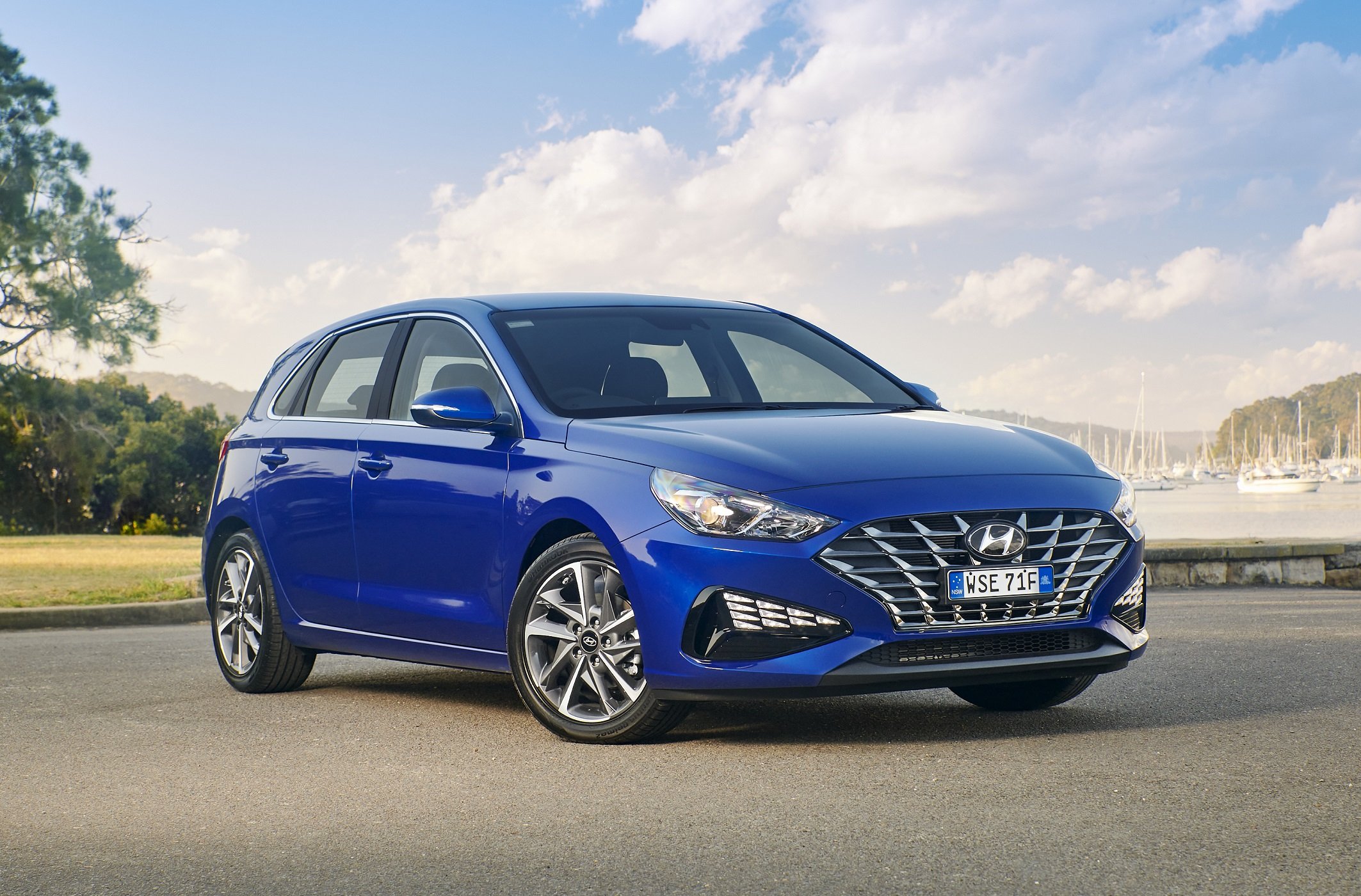
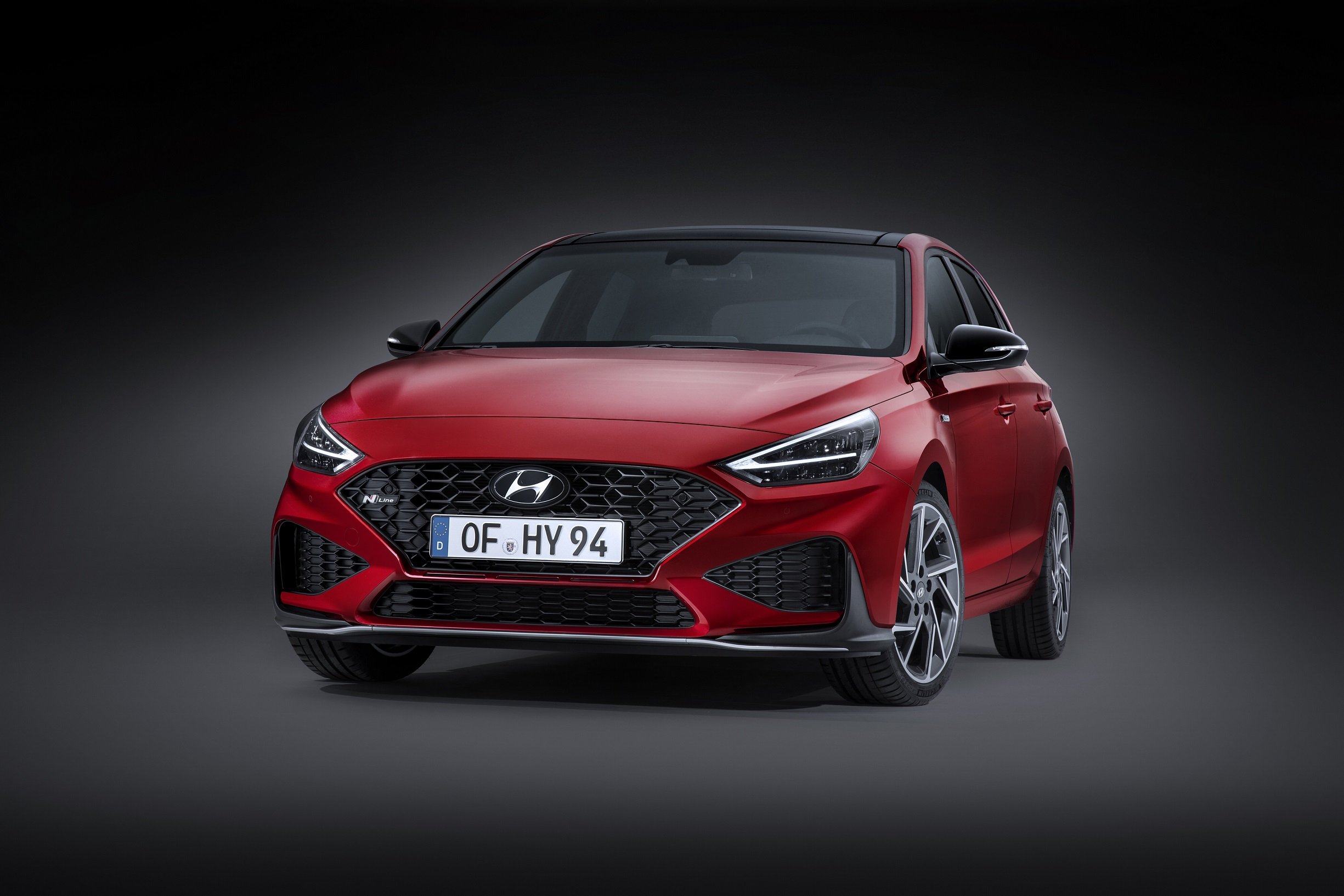





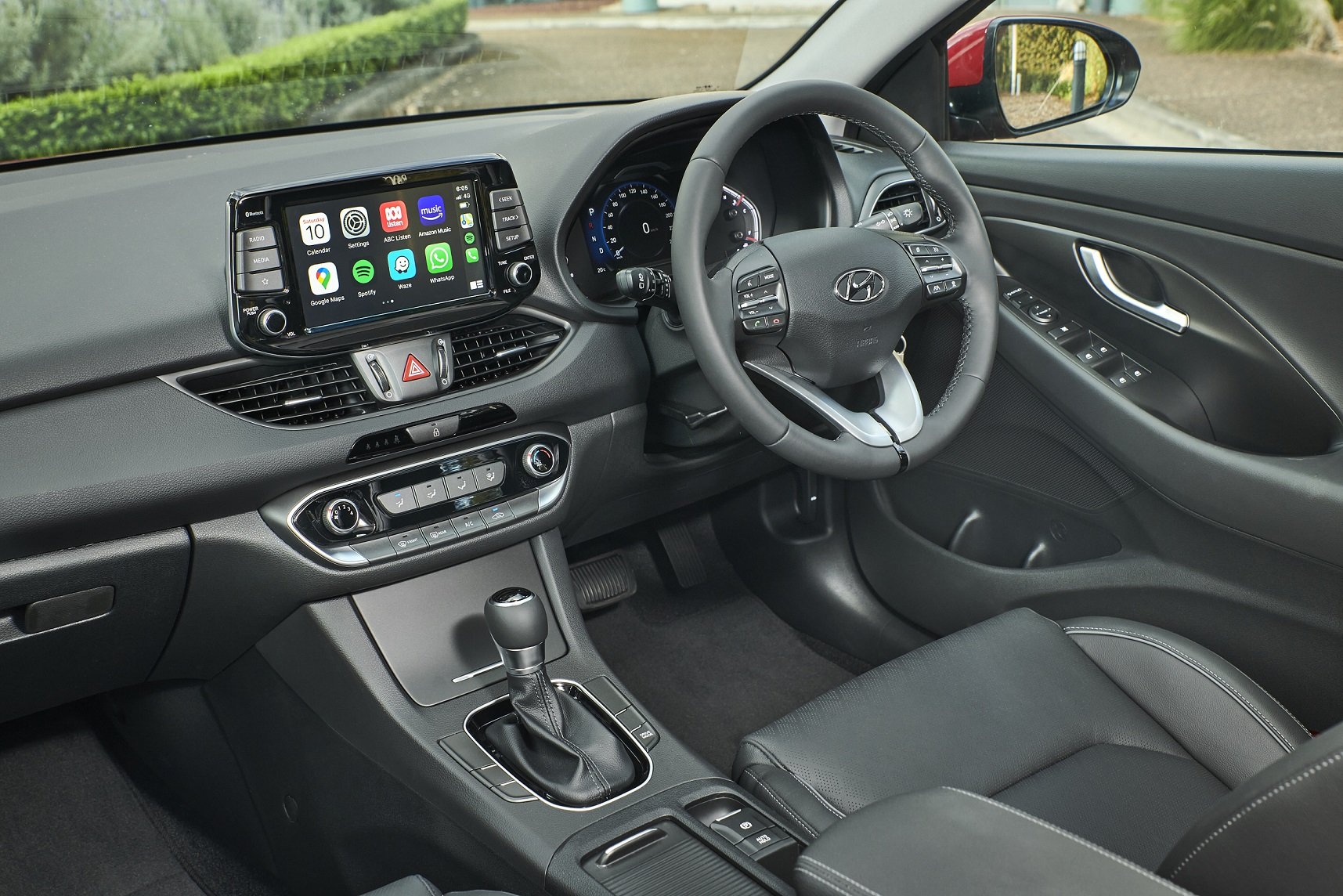









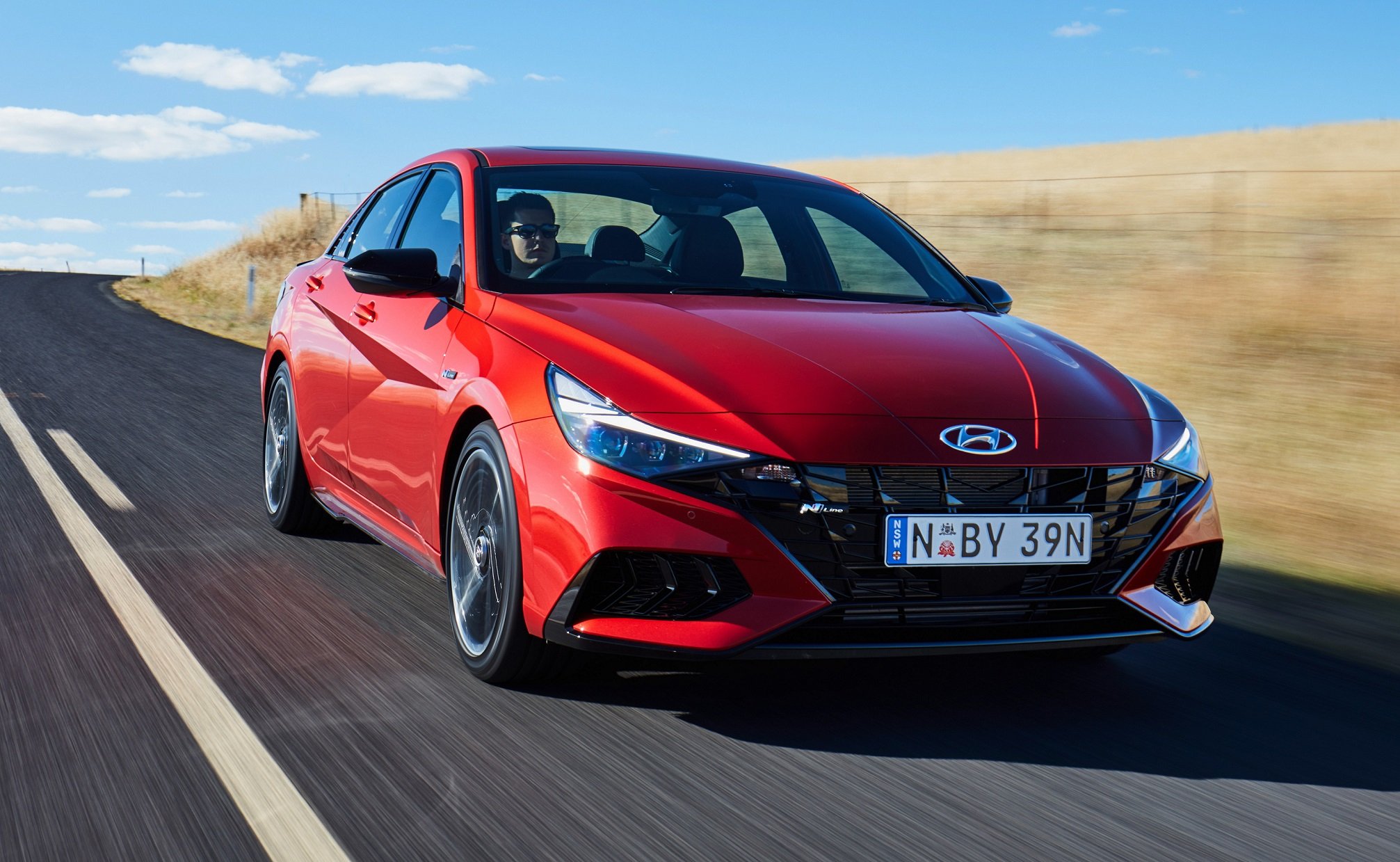
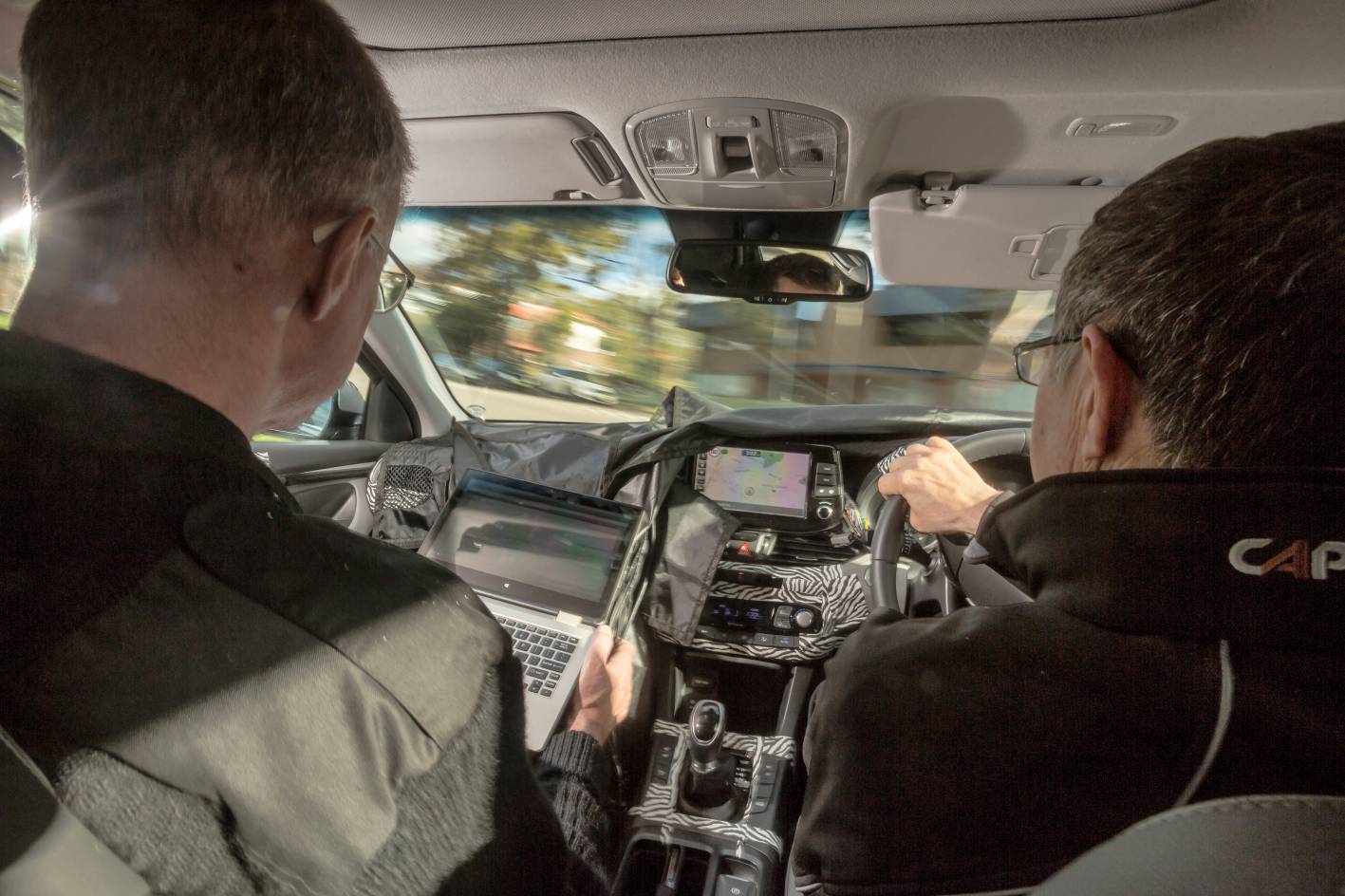
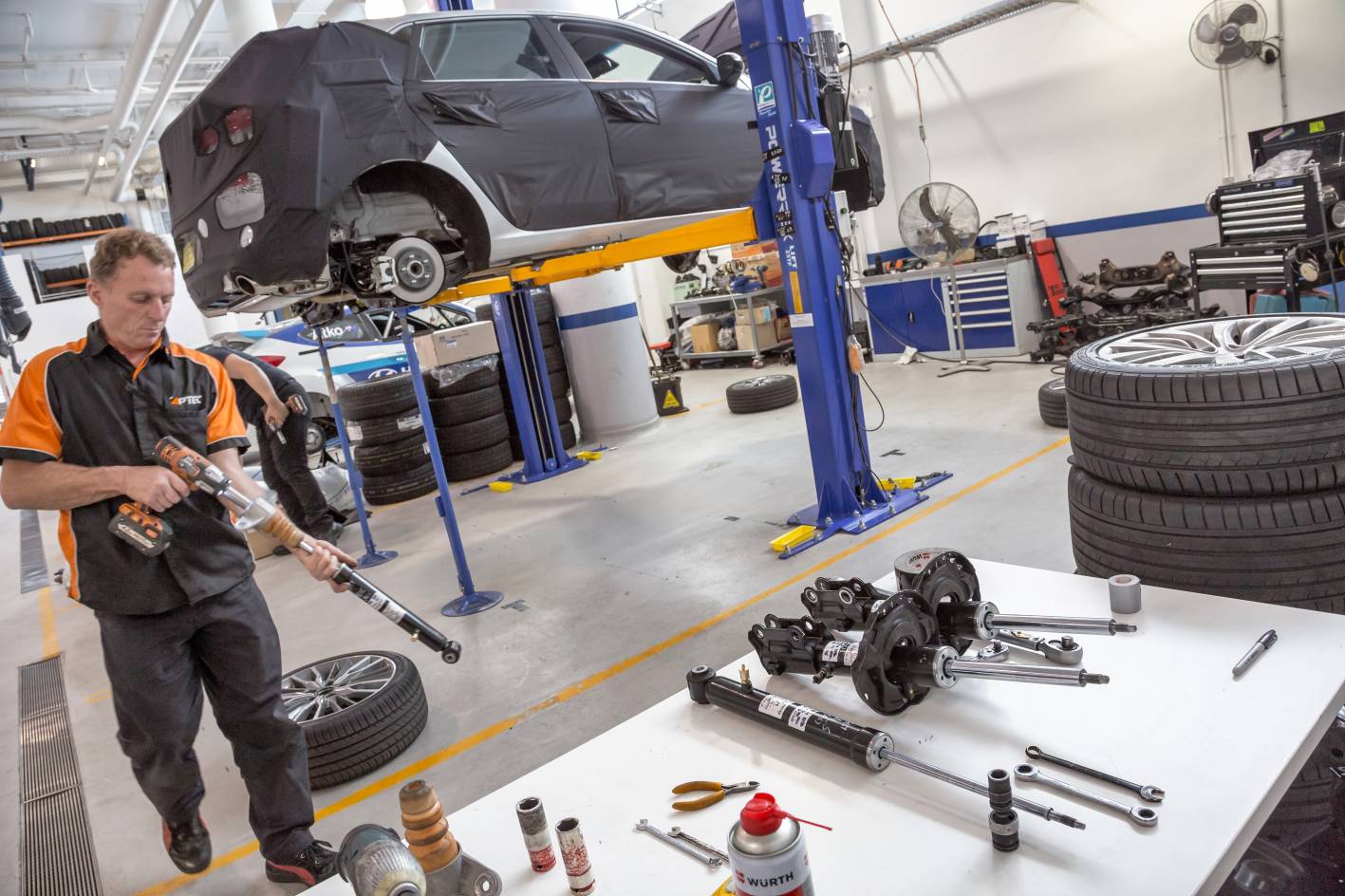
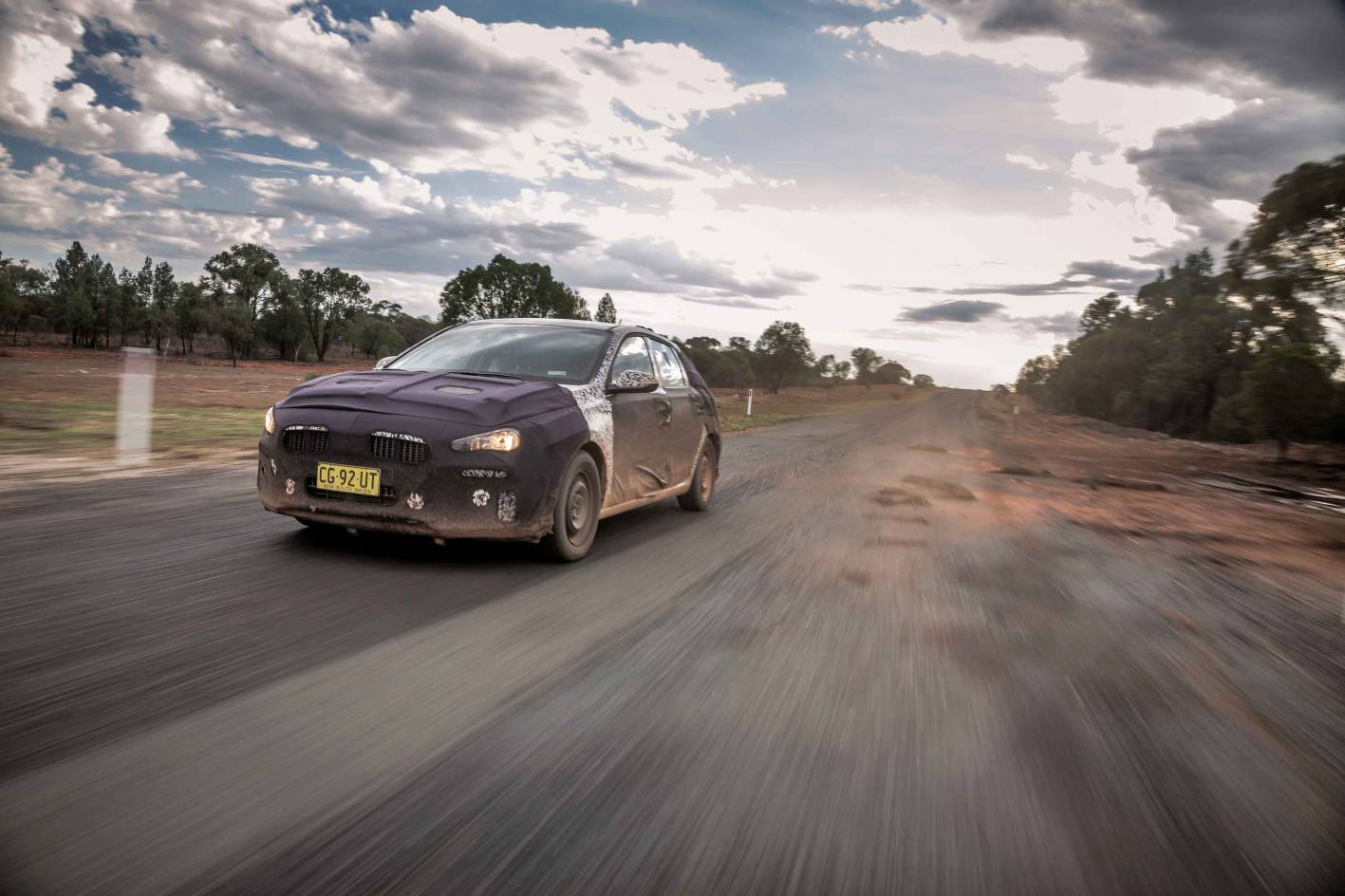

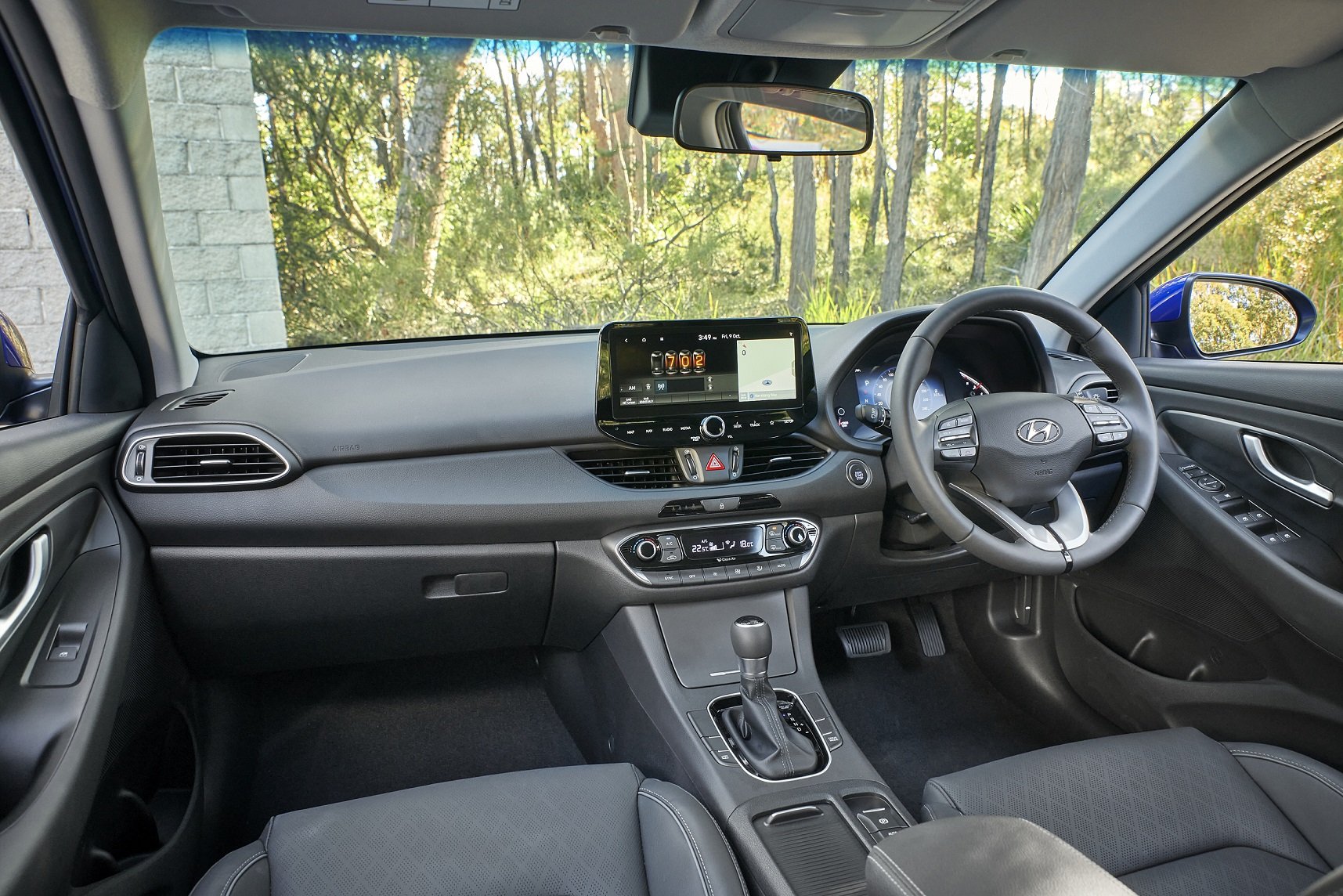
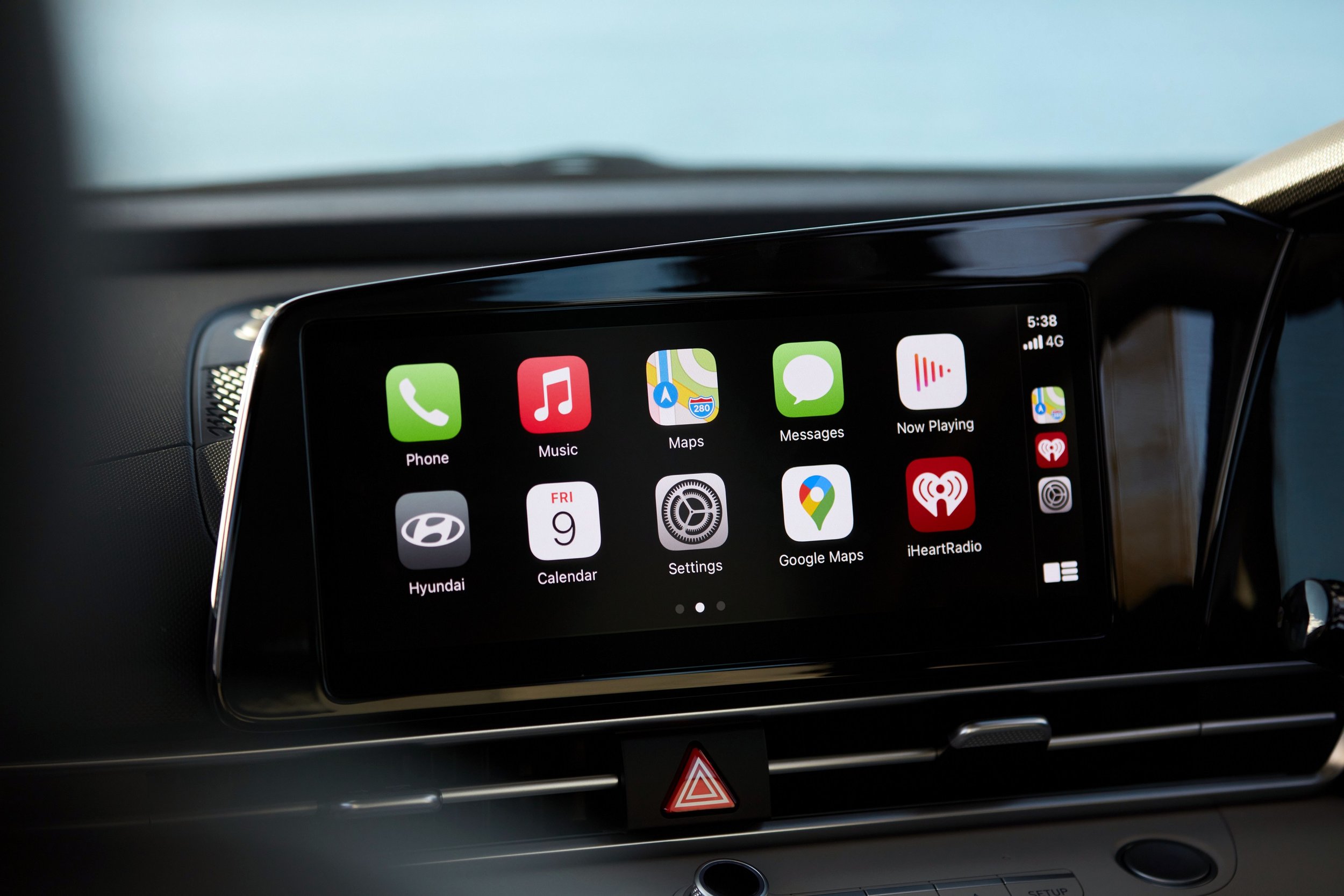



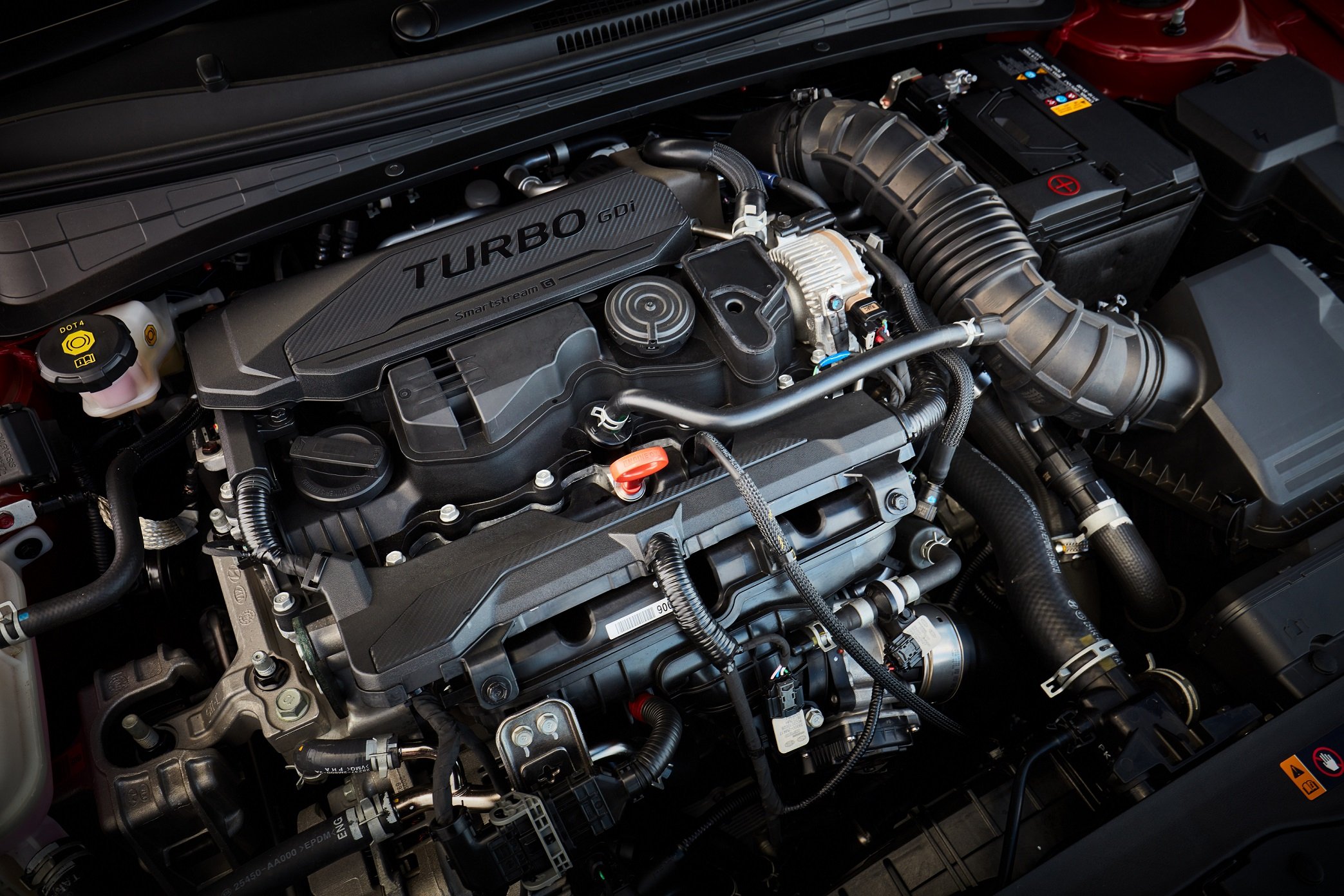
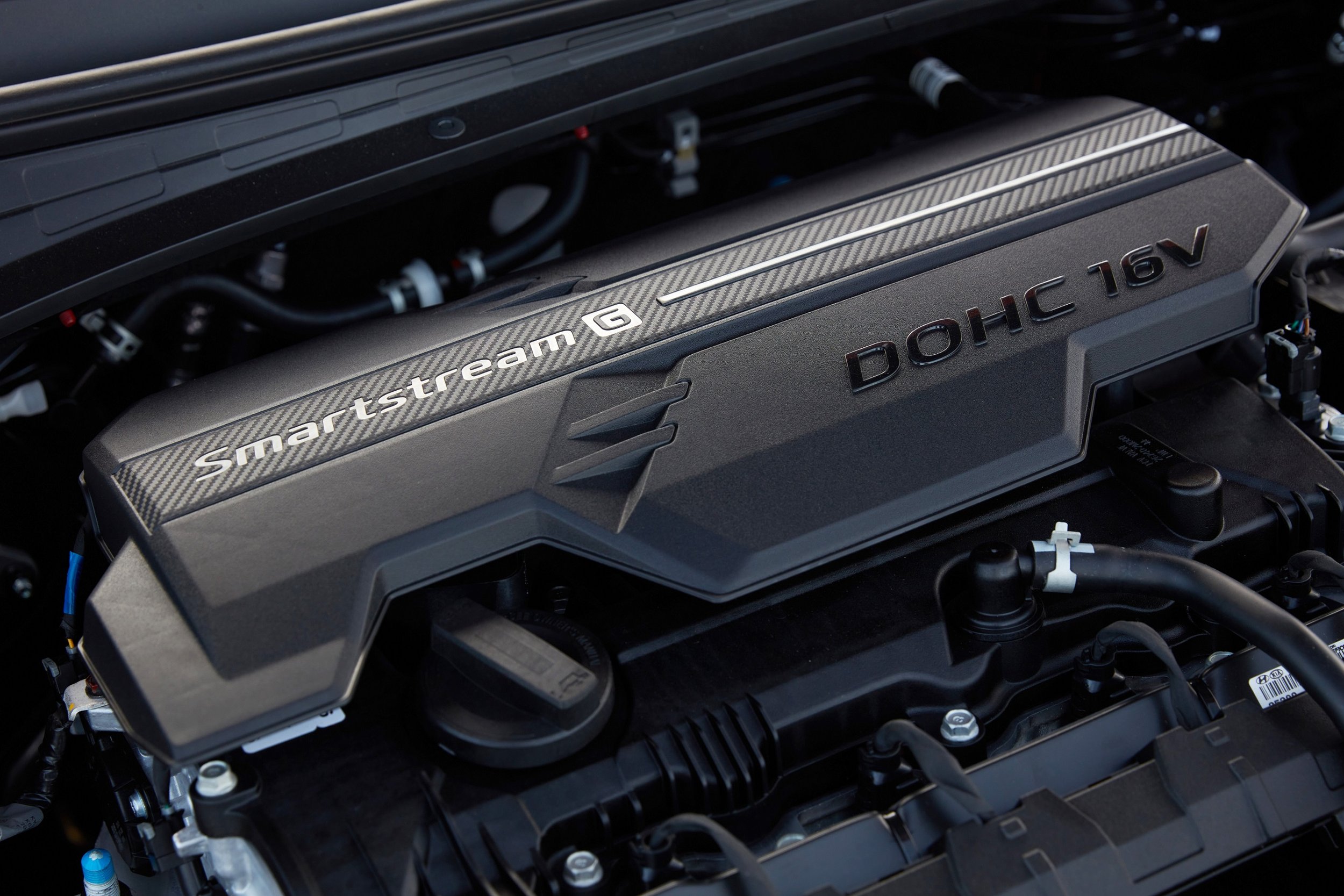
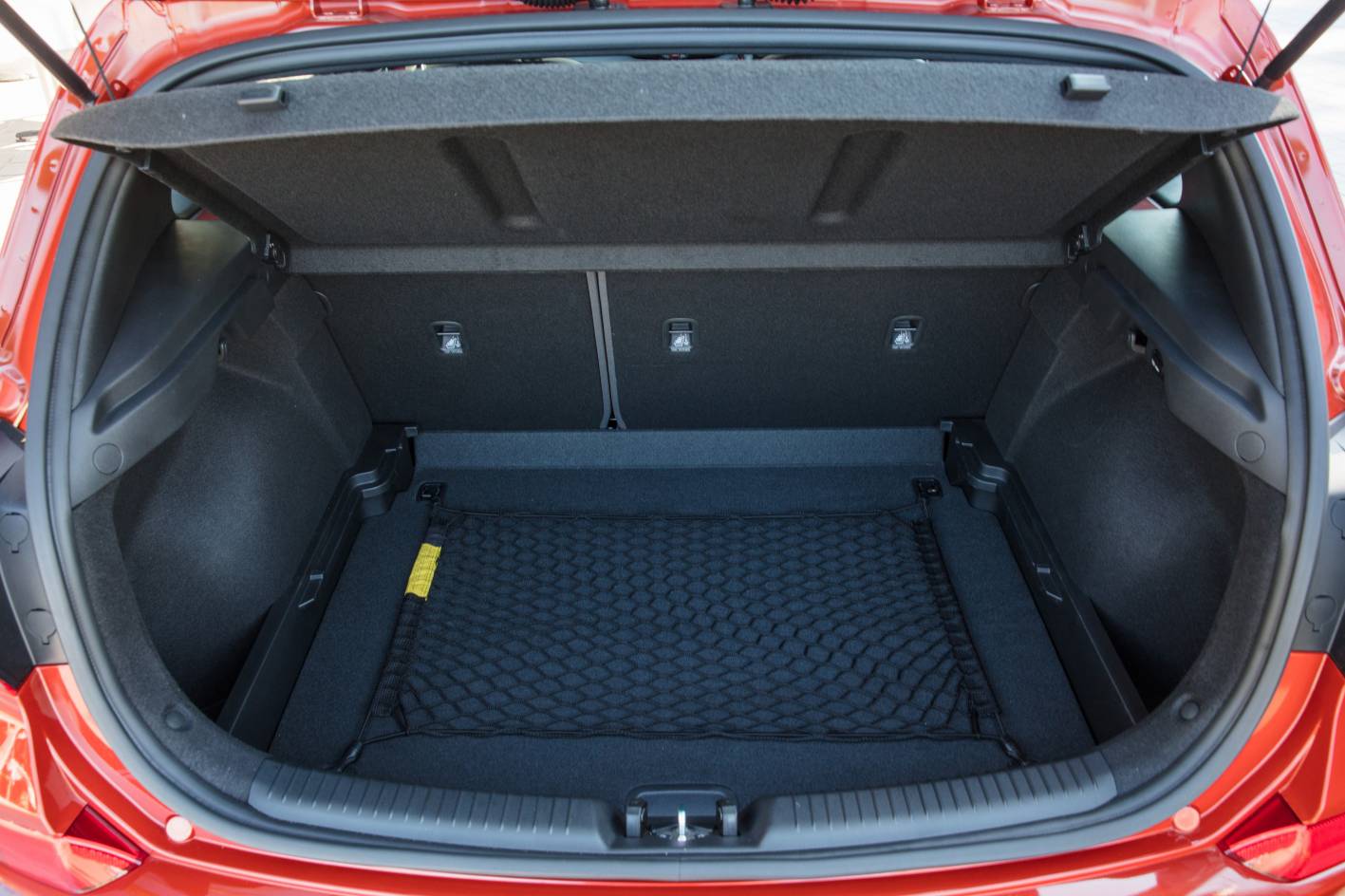

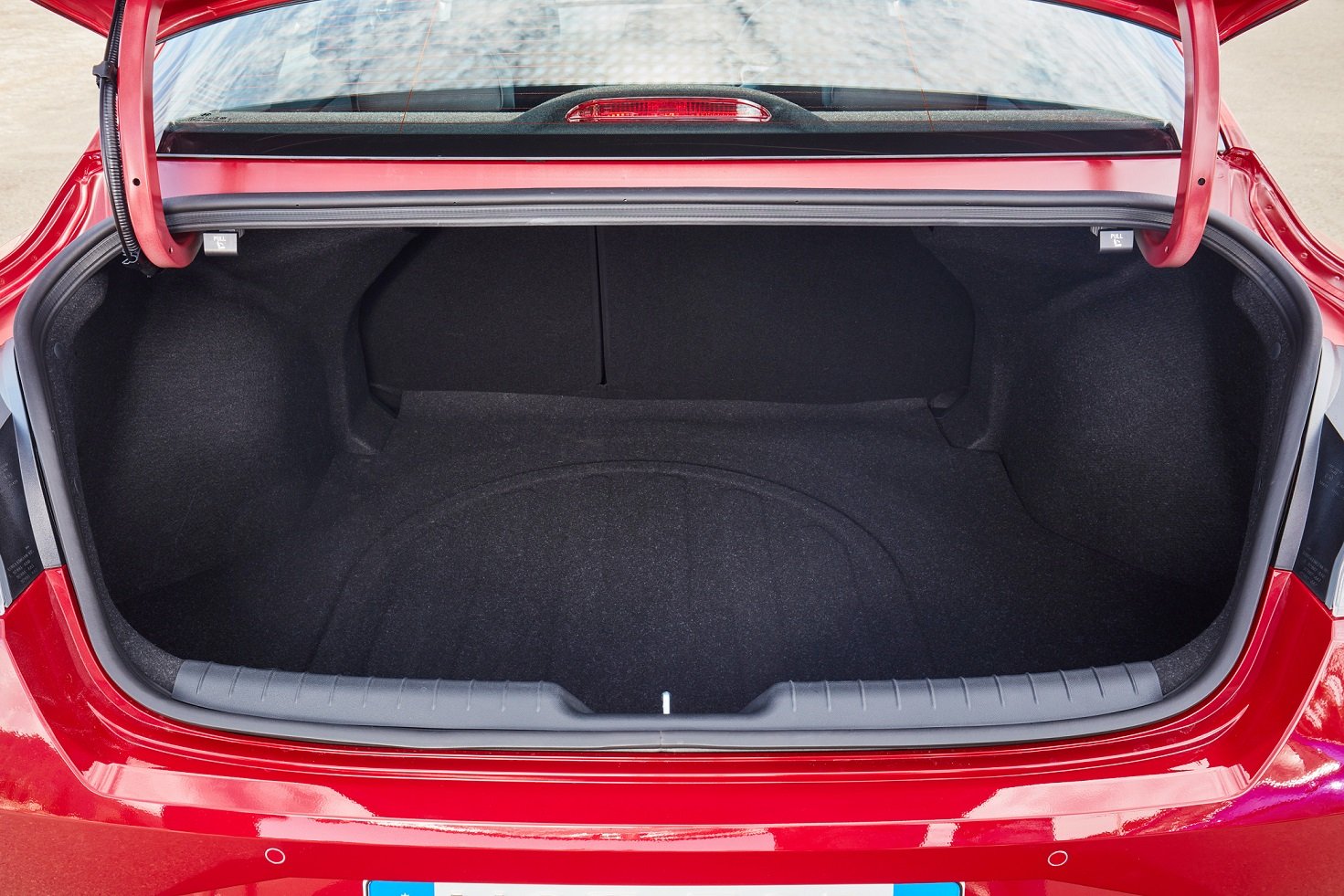



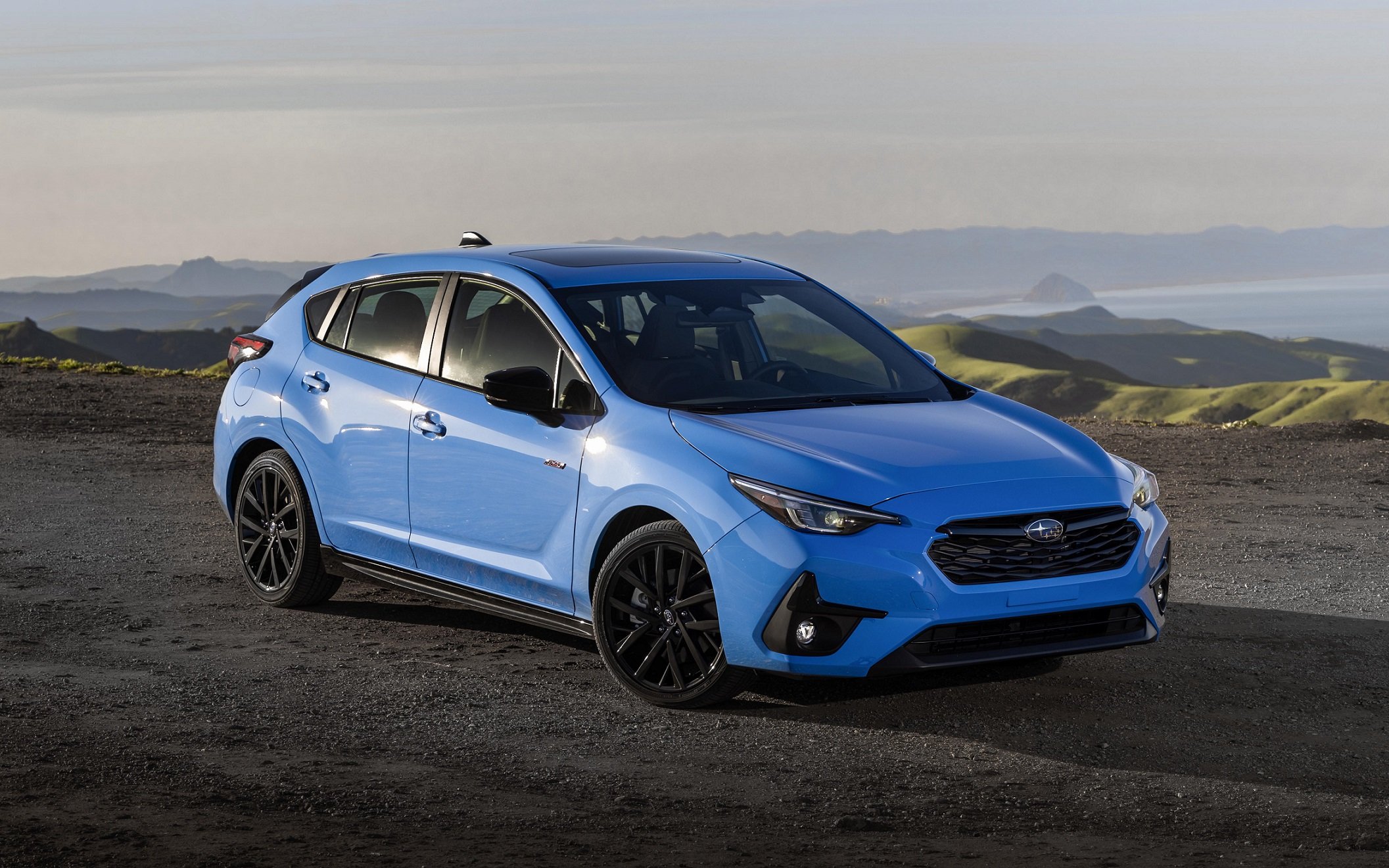
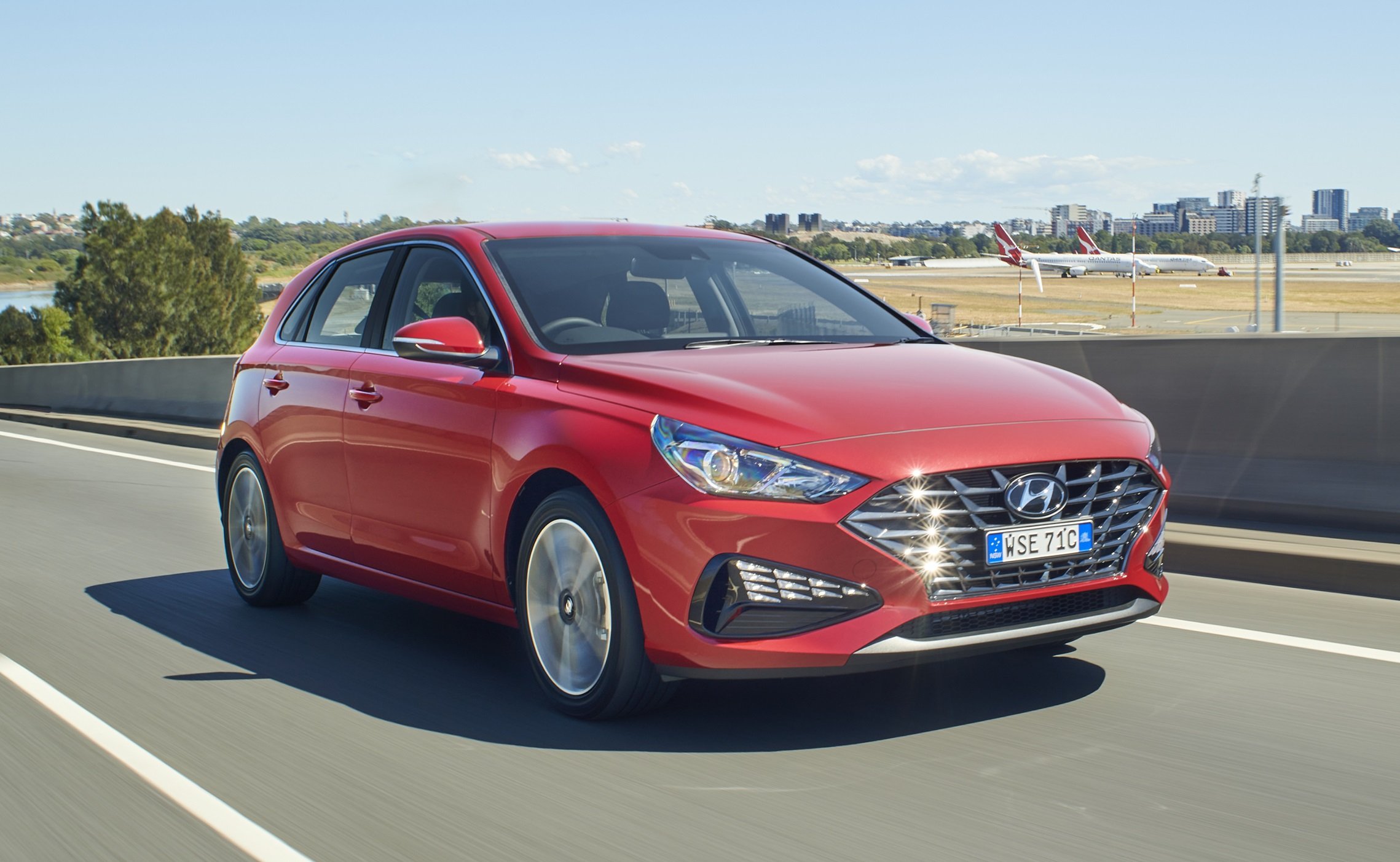
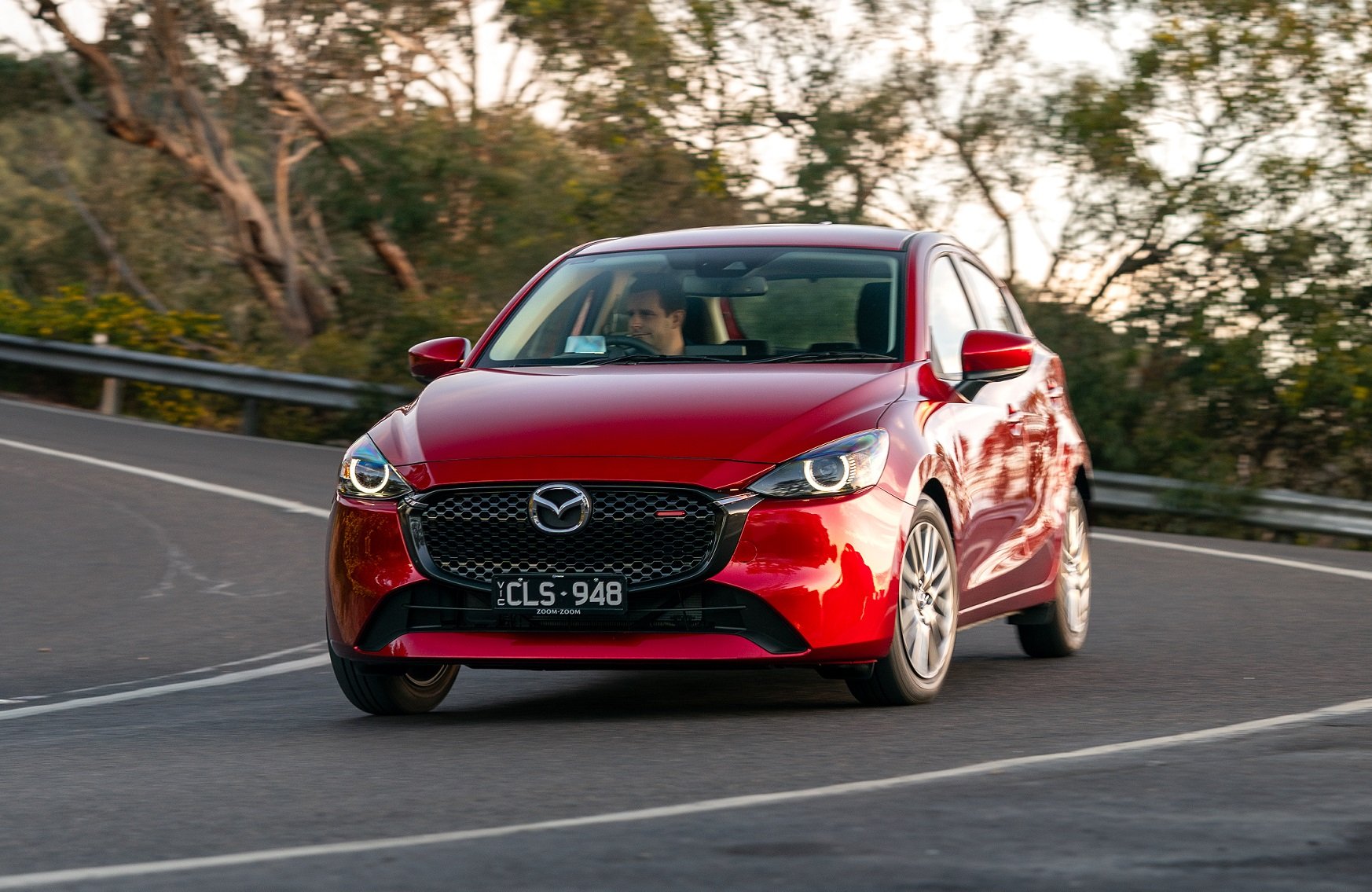
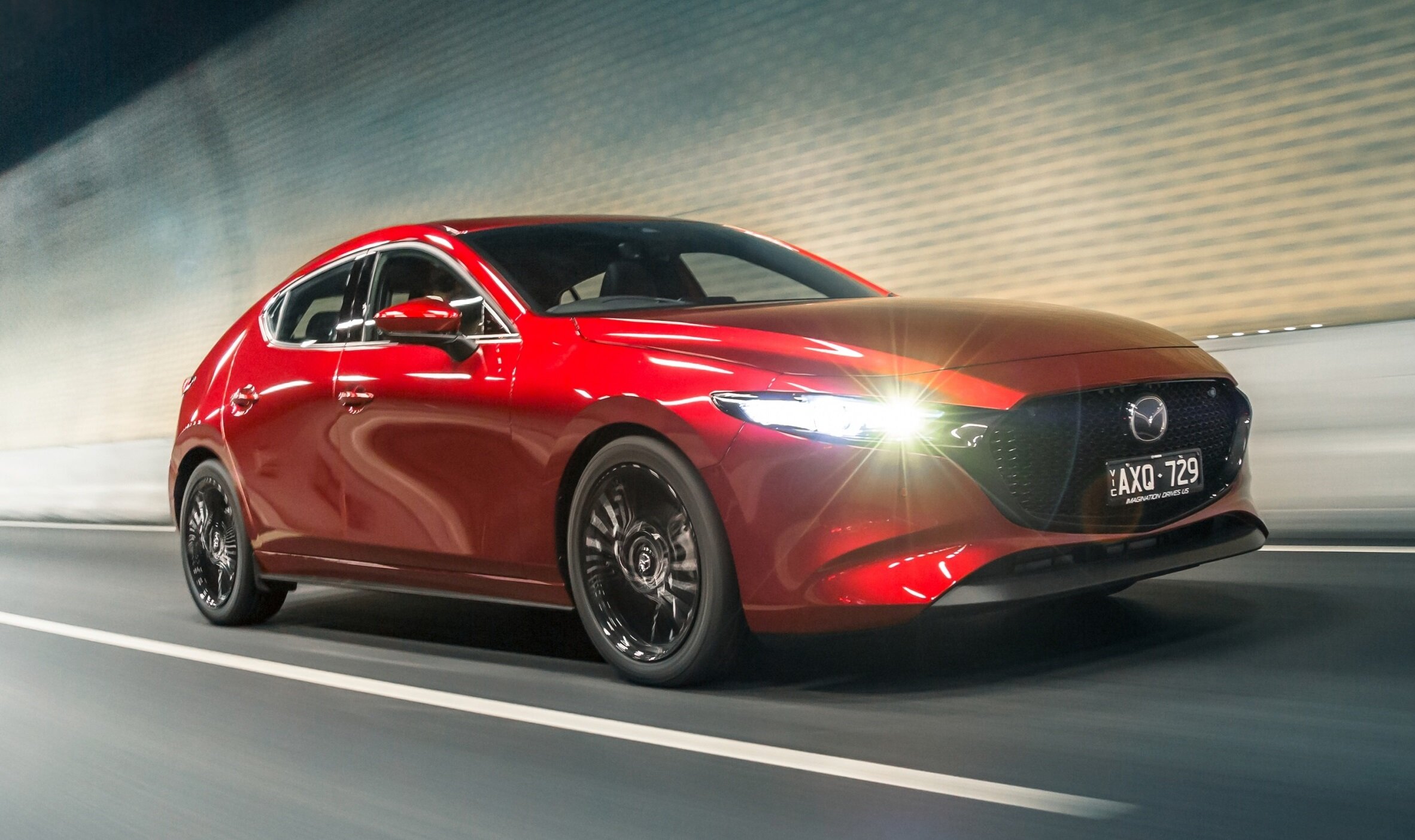
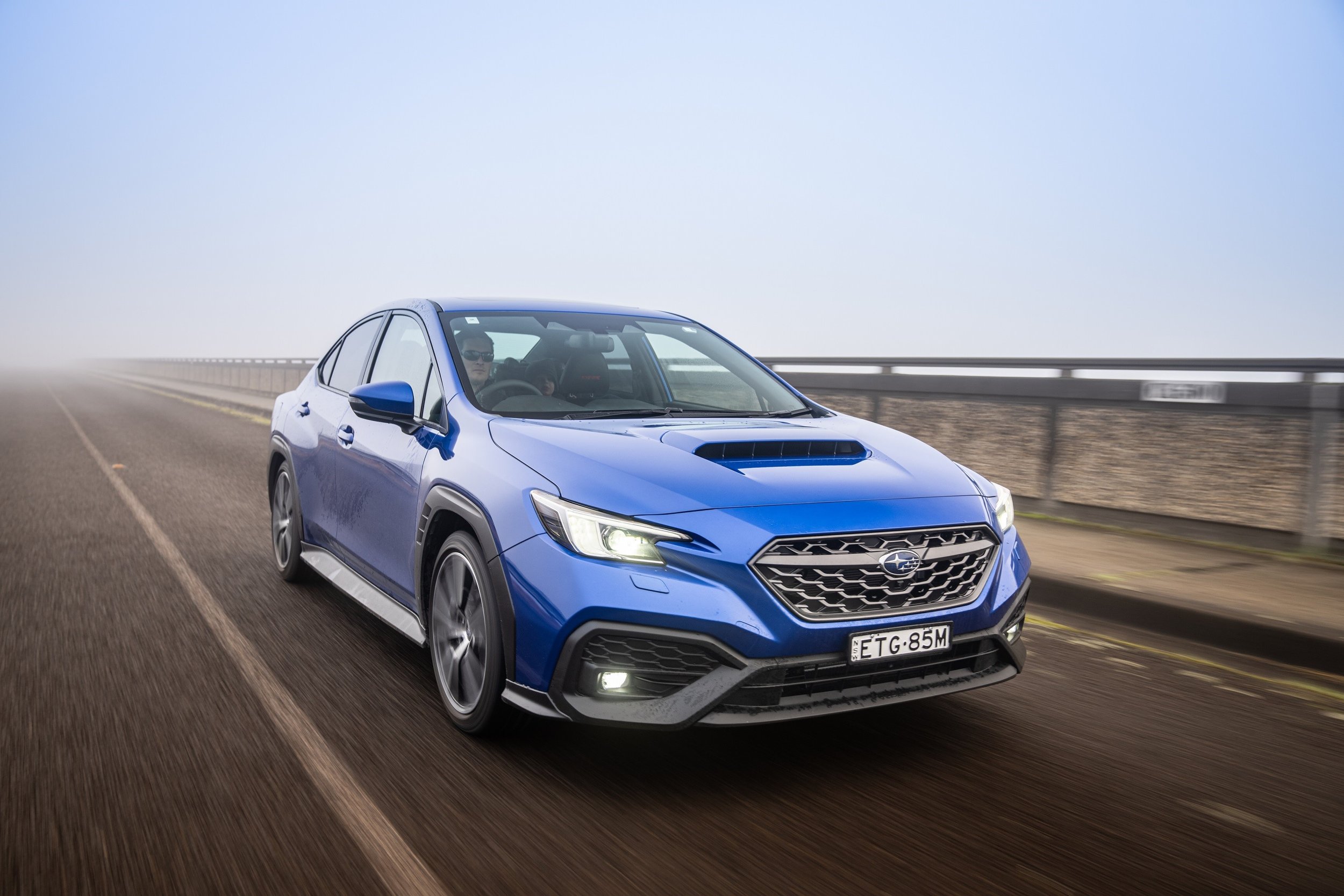

Still considering an SUV? The Kia Cerato is a solid value proposition, which could save you thousands while offering greater space, more features and build quality as good as any Toyota Corolla or Mazda 3. There’s even an affordable performance version. Let’s talk about Cerato…